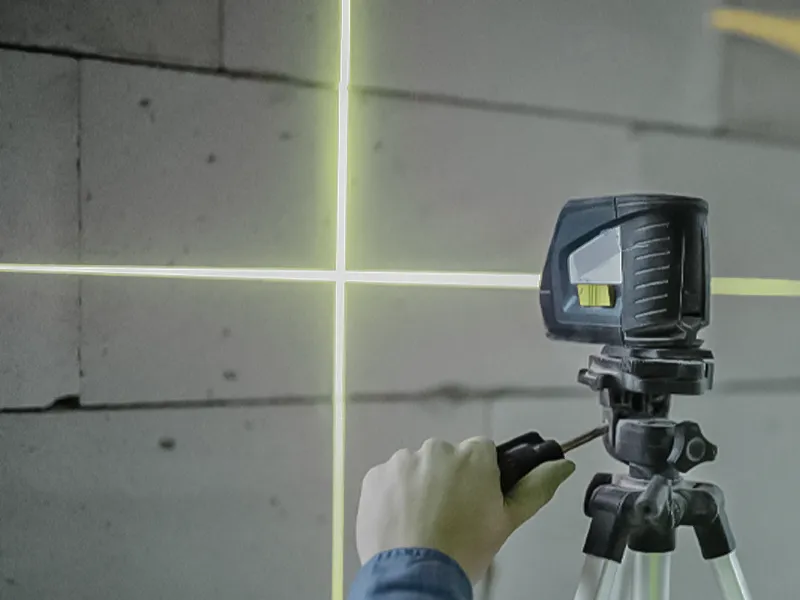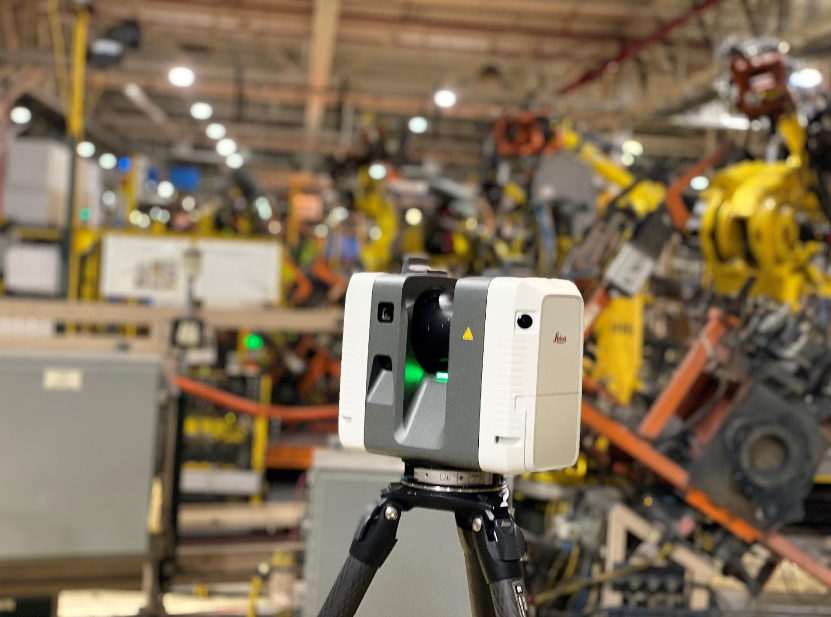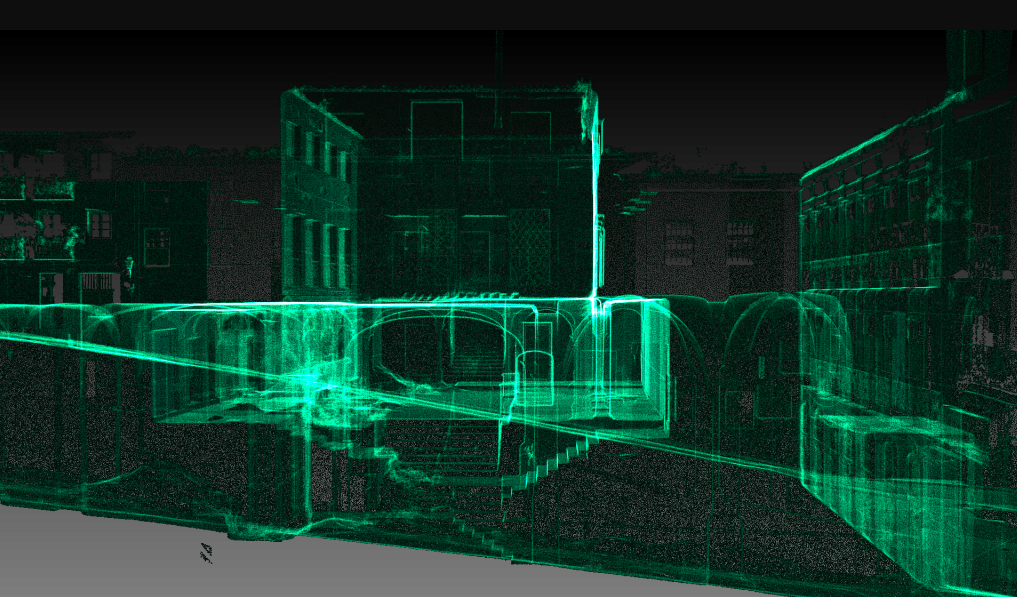How 3D Laser Scanning Changes Architectural Style and Building Projects
3D laser scanning is transforming the landscape of architectural style and construction. This technology uses unequaled accuracy in recording existing atmospheres, which promotes far better task planning and implementation. It lowers errors while enhancing effectiveness in different phases of growth. The effects for partnership among architects, designers, and various other stakeholders are considerable. These innovations unlock to brand-new layout opportunities and ingenious solutions. What lies ahead for this progressing modern technology?
The Basics of 3D Laser Scanning Innovation
3D laser scanning modern technology may seem complex, its core principles are transformative and uncomplicated for architectural layout. This technology utilizes laser light beams to catch accurate measurements of physical structures, creating a comprehensive factor cloud that represents the scanned environment. A laser scanner gives off quick pulses of light, determining the moment it takes for the light to return, which enables the estimation of distances with exceptional accuracy.
The resulting point cloud can be exchanged a 3D design, giving designers with indispensable aesthetic information. This design allows specialists to adjust and evaluate design elements within their projects, permitting innovative solutions and enhanced visualization. By using 3D laser scanning, engineers can better comprehend the existing conditions of a website, making sure that brand-new designs balance with their surroundings. This integration of technology into architectural style marks a substantial improvement, fostering creative thinking and precision in the area.

Enhancing Accuracy and Efficiency in Architectural Projects
As architectural jobs progressively require accuracy and speed, 3D laser scanning becomes an essential device in boosting both precision and performance. This modern technology records numerous information factors in a short timeframe, developing accurate and comprehensive 3D designs of existing structures. The ability to acquire exact dimensions minimizes the danger of errors during the design stage, enabling designers to imagine their projects with unequaled clarity.
The fast data collection process lessens the time invested on-site, making it possible for teams to concentrate on analysis and layout enhancements. With real-time information accessibility, changes can be made swiftly, advertising a more streamlined operations. The combination of 3D laser scanning into building practices not just enhances measurement precision but additionally improves the overall job timeline, assisting in quicker decision-making. In an industry where accuracy is important, this technology stands as a transformative pressure, elevating the criteria of building design and building and construction projects.
Simplifying Collaboration Amongst Stakeholders
While standard architectural procedures typically involve fragmented interaction amongst stakeholders, 3D laser scanning promotes a much more cohesive collective environment. By offering accurate, high-resolution information, this modern technology allows designers, service providers, clients, and engineers to operate from a unified point of referral. The detailed visualizations generated with laser scanning get rid of misinterpretations and ambiguities, making certain that all parties have access to the exact same info.
This openness boosts decision-making and urges prompt responses, as stakeholders can easily visualize design aspects and spatial connections. Furthermore, the combination of 3D scanning information right into Structure Info Modeling (BIM) systems additionally simplifies cooperation, permitting real-time updates and alterations. Such smooth interaction not only lessens problems yet additionally increases task timelines, as all stakeholders continue to be straightened throughout the layout and building and construction stages. Eventually, 3D laser scanning changes standard process into a more joint and reliable process, benefiting all parties involved.
Unlocking Creative Opportunities in Layout
By allowing designers to envision complex elaborate details and spatial connections, 3D laser scanning exposes imaginative opportunities in design. This modern technology permits exact mapping of existing settings, enabling architects to discover cutting-edge concepts that might have previously appeared not practical. With highly exact information, developers can experiment with unconventional kinds and materials, pressing the limits of traditional design.
The integration of 3D laser scanning right into the layout procedure fosters partnership amongst multidisciplinary groups, motivating the exchange of ideas and boosting creativity. The comprehensive visualizations generated by this modern technology not only aid in identifying prospective design challenges yet additionally influence options that may not have been thought about. Therefore, designers can create more appealing and dynamic spaces that resonate with users while satisfying functional needs. Eventually, 3D laser scanning transforms the building landscape, equipping developers to recognize their visions with unprecedented precision and creativity.
The Future of 3D Laser Scanning in Architecture and Construction
The combination of 3D laser scanning into building design not just boosts imagination but also establishes the reference phase for its advancing duty in the future of architecture and construction. As modern technology developments, the precision and performance of laser scanning will certainly proceed to enhance, making it possible for building contractors and engineers to produce much more complicated styles with precision - 3D Scanning. The use of this technology in real-time data collection will certainly help with far better decision-making, decreasing mistakes and simplifying operations
Future applications might consist of augmented and digital reality integrations, permitting stakeholders to imagine tasks in immersive atmospheres. In addition, as sustainability comes to be a top priority, 3D laser scanning will sustain the development of energy-efficient designs by giving comprehensive understandings into existing structures. As cooperation among numerous techniques comes to be more important, the capacity to share specific 3D versions will certainly cultivate innovation and boost project end results. Ultimately, 3D laser scanning will certainly redefine requirements in building layout and building methods.
Often Asked Questions
What Is the Price of Carrying Out 3D Laser Scanning Technology?

Just how Long Does a Typical 3D Laser Scanning Job Take?
A regular 3D laser scanning job can take anywhere from a few hours to numerous days, depending upon variables such as the job's size, intricacy, and the level of information needed for precise information capture.
What Kinds Of Projects Benefit Most From 3D Laser Scanning?
3D laser scanning advantages numerous jobs, especially massive constructions, historic remediations, and intricate remodellings. It enhances accuracy in measurements, decreases mistakes, and offers comprehensive information important for reliable planning and implementation in building style and building.

Are There Particular Software Programs Required for 3D Laser Scans?
Yes, particular software application are crucial for refining 3D laser scans. 3D Scanning. Popular choices include Autodesk ReCap, Faro Scene, and Leica Cyclone, each offering special attributes customized for picturing and evaluating scanned data efficiently in different jobs
Just How Does 3D Laser Scanning Influence Environmental Sustainability in Building?
3D laser scanning enhances environmental sustainability in construction by reducing material waste, enabling precise dimensions, and advertising reliable source use. This modern technology permits far better planning, reducing the eco-friendly impact of construction jobs with enhanced accuracy and efficiency.
3D laser scanning is changing the landscape of building style and construction. 3D laser scanning technology might appear complicated, its core concepts are transformative and simple for architectural layout. By making it possible for designers to imagine complex elaborate information and spatial relationships, 3D laser scanning exposes creative possibilities in style. The assimilation of 3D laser scanning into the style process promotes collaboration amongst multidisciplinary teams, encouraging the exchange of ideas and improving creative thinking. The integration of 3D laser scanning into architectural style not only enhances creative thinking yet additionally sets from this source the phase for its progressing duty in the future of style and construction.